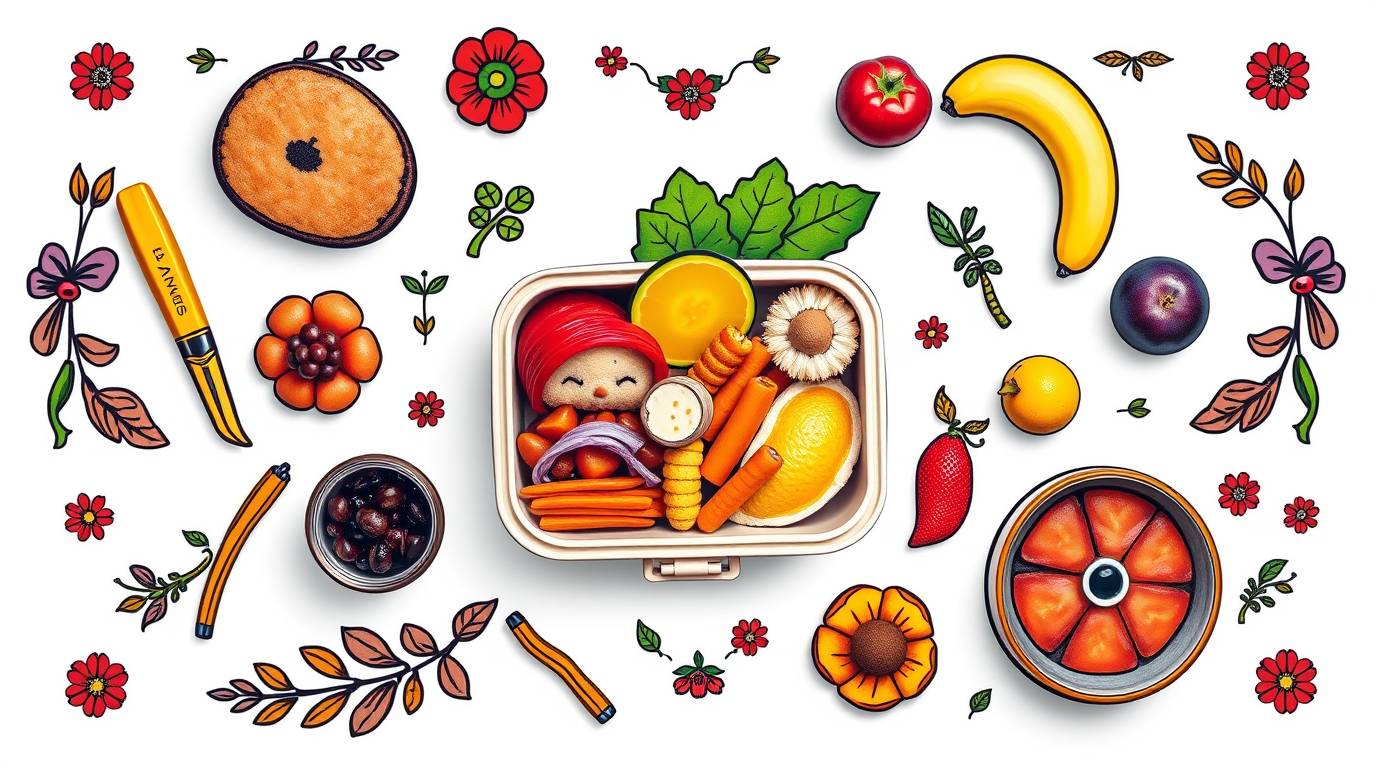Create engaging Montessori learning stations at home for toddlers and preschoolers.
Step‑by‑step DIY setup, materials list, and activity ideas for independent play
Why Montessori Learning Stations Matter
As parents, we all want our little ones to develop independence, spark creativity, and build critical thinking from an early age.
Montessori learning stations do exactly that by providing a focused environment where children choose hands‑on activities at their own pace.
In this guide, you’ll learn how to design simple yet powerful DIY Montessori stations in your living room, bedroom, or even a corner of the kitchen — without breaking the bank.
From selecting the right materials to organizing activities for 2‑ to 5‑year‑olds, we’ll walk you through setting up a home‑based Montessori station that encourages independence, self‑confidence, and joyful learning.
What Is a Montessori Learning Station?
A Montessori learning station is a carefully curated shelf or low table area where children can freely select and complete age‑appropriate tasks.
Rather than “sit‑and‑watch” lessons, kids learn by doing — engaging multiple senses as they explore shapes, colors, textures, and life‑skills exercises.
This self‑directed approach fosters independence, concentration, and a real love of learning from an early age.
Benefits of Setting Up a Montessori Station at Home
Life is busy, and not everyone has access to a full Montessori school.
By creating simple stations at home, you give children the freedom to master fine motor skills, develop coordination, and make choices—all critical for success later in life.
Studies show that children exposed to Montessori environments develop stronger focus and problem‑solving skills compared to traditional play settings.
Choosing the Right Location and Materials
- Location Tips
- Look for a low shelf or corner where your toddler can reach shelves without climbing.
Natural light and minimal distractions help maintain concentration.
A small rug under the station visually defines the “learning zone.”
- Look for a low shelf or corner where your toddler can reach shelves without climbing.
- Essential Materials for Beginners
- You don’t need fancy furniture.
A sturdy, low bookcase with baskets and wooden trays can become your child’s Montessori station.
Stock it with simple, purposeful materials:
a set of geometric shapes, wooden blocks, a spooning set (rice in a shallow bowl + small spoon), and a knobbed cylinder set (DIY from dowels).
Consider secondhand shops — Montessori materials often appear at garage sales for a fraction of retail prices.
- You don’t need fancy furniture.
Five DIY Montessori Activities to Start Today
1. Transfer Station with Spoons and Cups
- Place two small bowls—one filled with dry beans and the other empty—with a spoon. Encourage your child to move beans from one bowl to the other. This silent work builds fine motor control and concentration.
- Place two small bowls—one filled with dry beans and the other empty—with a spoon. Encourage your child to move beans from one bowl to the other. This silent work builds fine motor control and concentration.
2. Practical Life: Buttoning Frame
- Secure a spare shirt sleeve or pocket with different buttons on a low board or frame. Kids practice fastening and unfastening buttons—boosting independence in dressing themselves.
- Secure a spare shirt sleeve or pocket with different buttons on a low board or frame. Kids practice fastening and unfastening buttons—boosting independence in dressing themselves.
- 3. Sensorial: DIY Color Sorting Cards
- Print or paint simple color cards on cardstock and place matching colored objects (blocks, pom‑poms) in baskets.
Children match objects to the corresponding card, refining color discrimination.
- Print or paint simple color cards on cardstock and place matching colored objects (blocks, pom‑poms) in baskets.
4. Language: “Matching Pictures” Tray
- Glue two identical sets of simple pictures (animals, fruits) on cardboard squares — one set in a tray and the other loose. Kids practice pairing, building early vocabulary.
- Glue two identical sets of simple pictures (animals, fruits) on cardboard squares — one set in a tray and the other loose. Kids practice pairing, building early vocabulary.
5. Grace and Courtesy: Plant Watering Station
- Paragraph: Set out a small pitcher of water and tiny watering cans near a low potted plant.
Children learn to care for living things—developing responsibility and kindness.
- Paragraph: Set out a small pitcher of water and tiny watering cans near a low potted plant.
Organizing & Maintaining Your Station
Rotate one or two activities each week to keep novelty high. Place only three to four trays at a time — too many choices can overwhelm young minds. Label each tray with a simple picture icon so your child knows exactly where to return items.
At the end of the day, involve your child in putting materials back on the shelf, building respect for order and structure.
Tips for Scaling Up as Your Child Grows
- As kids move from age two to four, swap out simple transfer activities for more complex tasks — like spooning with tweezers, mixing colors, or early math bead chains.
Introduce language cards with phonetic sounds for letter‑to‑picture matching.
By age five, add geography puzzles or math bead stair trails.
Always follow your child’s interests and observe which trays spark the longest, most focused engagement.
Conclusion & Call‑to‑Action
Elevating your home environment into a Montessor i-inspired space doesn’t require a hefty investment — just thoughtful curation and the willingness to let your child learn by doing.
Start small with one or two trays, observe, and expand as their curiosity grows.
Call‑to‑Action (CTA):
“Starter Checklist for Montessori Stations” to help you gather materials efficiently.
Share photos of your completed station on Instagram with #MyMontessoriHome — and don’t forget to subscribe for weekly DIY homeschool tips!

Discussions